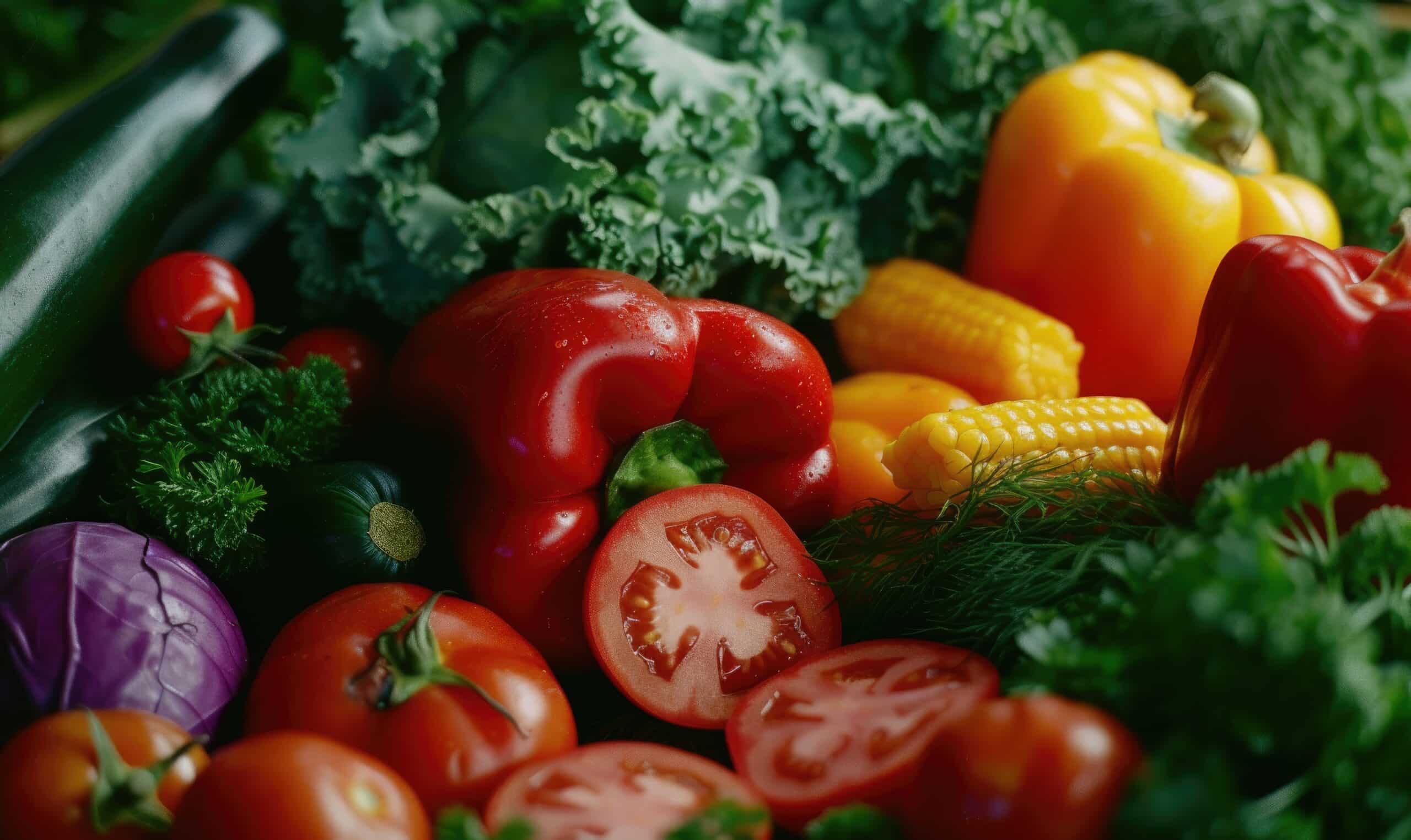What is the 80/20 Rule for Vegetables?
Key Takeaways
- The 80/20 rule suggests that 80 percent of your food should focus on eating nutrient-rich foods like vegetables, fruits, whole grains, proteins, and fats, while the remaining 20 percent can be indulgent or less nutrient-dense foods.
- By prioritizing vegetable consumption and following the 80/20 rule, you can increase your intake of essential nutrients, promote satiety, regulate blood sugar levels, support digestive health, manage weight, reduce the risk of chronic diseases, and protect your cells from damage.
- The 80/20 rule can also be applied to plant-based diets, allowing for flexibility and occasional indulgences without compromising the overall nutritional quality of the diet.
The 80/20 rule, also known as the Pareto Principle, is a concept that can be applied to various aspects of life, including diet and nutrition. When it comes to vegetables, the 80/20 rule suggests that roughly 80 percent of your food should focus on eating foods rich in nutrients like vegetables, fruits, whole grains, proteins, and fats. The other 20 percent of the time, you can indulge in other foods that may be more processed or sugary.
How Does the 80/20 Rule Apply to Vegetable Consumption?
The 80/20 rule can be applied to vegetable consumption by shifting 80 percent of your diet to include a variety of vegetables. These vegetables can be raw, cooked, or even juiced. The remaining 20 percent can be allocated to other food groups or less nutrient-dense foods.
By focusing on consuming a large portion of vegetables, you ensure that you are supplying your body with essential vitamins, minerals, and antioxidants. Vegetables are low in calories and high in fiber, which can help support weight management and digestive health. Additionally, they are rich in phytochemicals, which have been associated with various health benefits, including reduced risk of chronic diseases.
The Benefits of Following the 80/20 Rule for Vegetables
While the specific benefits of following the 80/20 rule for vegetables may vary depending on individual factors such as overall diet and lifestyle, there are several potential advantages:
- Nutrient Density: By prioritizing vegetable consumption, you increase your intake of essential nutrients such as vitamins A, C, and K, folate, and potassium.
- Fiber Intake: Vegetables are an excellent source of dietary fiber, which can promote satiety, regulate blood sugar levels, and support digestive health.
- Weight Management: Vegetables are typically low in calories but high in volume, making them a great choice for weight management. The high fiber content can help you feel fuller for longer, reducing the likelihood of overeating.
- Reduced Disease Risk: Consuming a variety of vegetables has been associated with a lower risk of chronic diseases, including heart disease, type 2 diabetes, and certain types of cancer.
- Increased Antioxidant Intake: Vegetables are rich in antioxidants, which can protect your cells from damage caused by free radicals and oxidative stress.
Applying the 80/20 Rule to a Plant-Based Diet
The 80/20 rule can also be applied to plant-based diets, where the focus is on consuming predominantly plant-based foods. In this context, the rule suggests that you shift 20 percent of your diet to non-plant-based foods while still reaping 80 percent of the health benefits.
For individuals following a plant-based diet, the 80/20 rule can provide flexibility and allow for occasional indulgences without compromising the overall nutritional quality of the diet.
Conclusion
The 80/20 rule for vegetables emphasizes the importance of prioritizing nutrient-rich foods, particularly vegetables, in your diet while allowing for some flexibility to enjoy other foods. By incorporating a variety of vegetables into your meals and snacks, you can reap the numerous health benefits associated with their consumption.
Related Websites:
FAQs:
Q: What is the 80/20 rule?
The 80/20 rule, also known as the Pareto Principle, suggests that 80% of the benefits or results come from 20% of the effort or input. It is a principle used to optimize resources and prioritize efforts.
Q: How can the 80/20 rule be applied to vegetables?
The 80/20 rule applied to vegetables means that 80% of the nutritional benefits can be obtained from 20% of the vegetables. This implies that by focusing on nutrient-dense vegetables that offer a wide range of vitamins and minerals, you can maximize the benefits derived from your vegetable consumption.
Q: How can I prioritize my vegetable choices using the 80/20 rule?
To prioritize your vegetable choices, look for nutrient-dense vegetables that provide a variety of vitamins and minerals. It is also important to include a range of colors and types of vegetables in your diet to ensure a diverse nutrient profile.
Q: What are some strategies to maximize vegetable consumption?
Incorporate more vegetables into your daily meals by meal prepping, adding vegetables to smoothies, and experimenting with different cooking methods. It is crucial to find enjoyable ways to consume vegetables for long-term adherence to a healthy diet.






